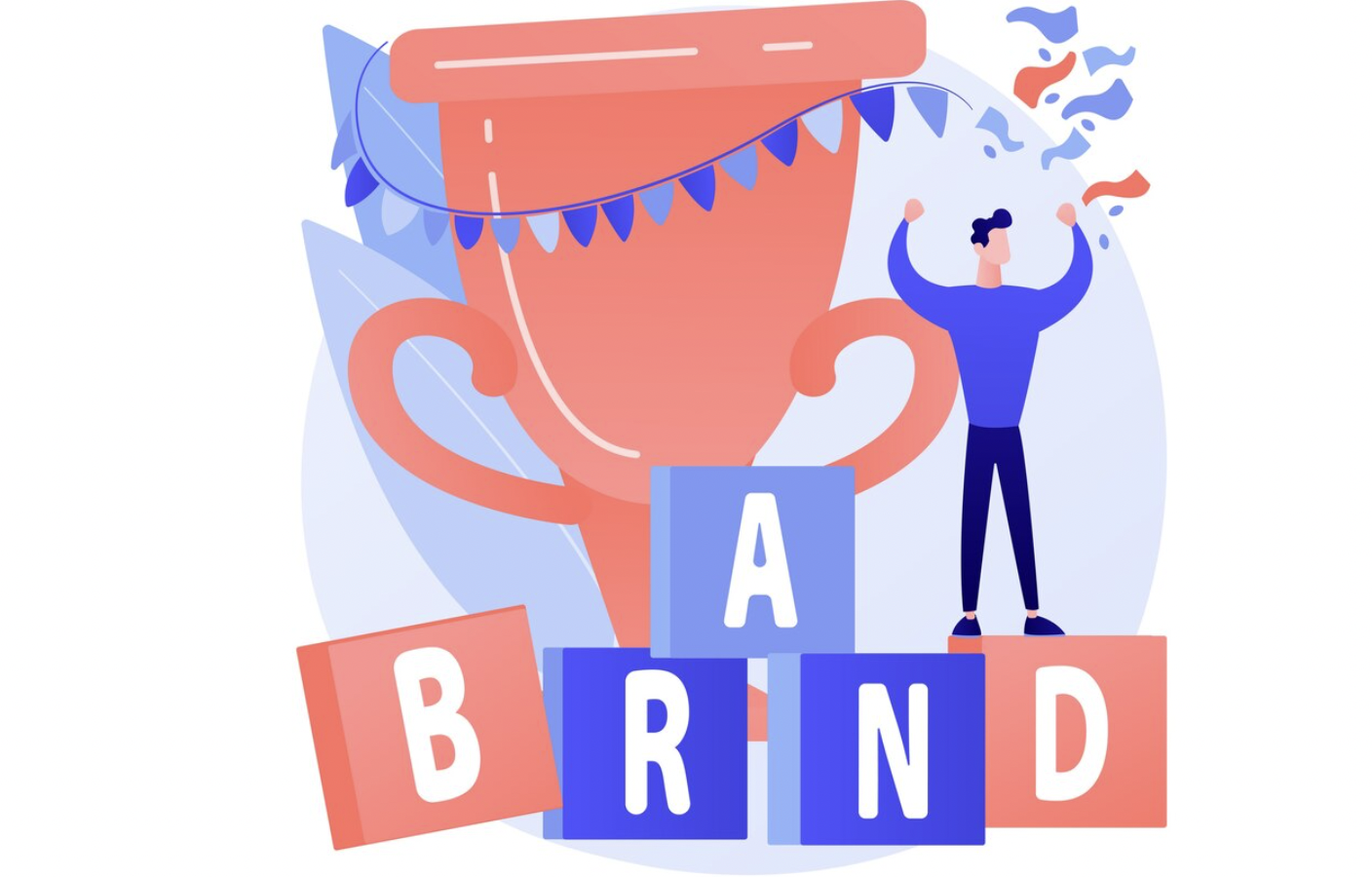
Boost Business Growth With a Brand Awareness Strategy (2024)
Fansgurus SMM Panel (Social Media Marketing Panel) is a platform where you can purchase social media services such as likes, followers, comments, and views for various social media platforms such as Telegram Instagram, Facebook, Twitter, YouTube, TikTok, and more.https://fansgurus.com/
As you gain brand awareness for your business, learn how to transform this exposure into real sales. Get insights from successful brand campaigns and tips to help you grow.
Getting a surge of exposure for your business is an exciting moment. Whether you were mentioned by a popular podcast or rode the wave of a viral TikTok video, this newfound brand awareness could mean a spike in traffic to your website.
But increasing traffic is only the first step toward making a sale. As soon as you get more eyes on your brand, it’s time to act, converting website visitors into paying customers.
Ahead, understand how you can build brand awareness for your business and maximize its impact by urging potential customers down the conversion funnel. Also, learn about ways to increase exposure and measure awareness through real examples from successful brands.
What is brand awareness?
Brand awareness refers to familiarity or knowledge of your business by consumers and your target audience. A person who is aware of your brand may be able to recognize your branding when they see it or recall your brand name in the context of your industry. Companies with strong brand awareness become household names, recognizable from a few notes of a jingle or a wordless logomark.
Brand awareness is the first stage of the conversion funnel. Here’s a breakdown of what each level of the funnel means:
- Awareness. When someone becomes aware of your brand and turns into a potential customer.
- Interest. When a potential customer becomes interested in your brand’s offerings.
- Desire. When a potential customer’s interest becomes a desire for your brand’s offerings.
- Conversion. When a potential customer’s desire leads to a purchase.
Why is brand awareness important?
Turning a potential customer’s brand awareness into a sale means you’re helping them move their way down the conversion funnel. If you’ve recently gained exposure that increased your brand awareness, you’re at the first level of the funnel.
Creating brand awareness is important, because without it, you’ll never be able to grow your sales. Your target customers need to know about your brand before they decide to learn more and eventually make a purchase.
Building brand awareness is also essential because it can increase your brand equity. Brand equity is the measurement of what your brand is worth in the eyes of the general public and the market.
How to build awareness for your brand
There are a number of strategies you can implement to increase brand awareness. If your goal is to become a recognizable brand, start with building a solid brand identity. Once you’ve done that, use these brand awareness tactics to get your business in front of your customers.
Get creative with organic social
Increasing your brand presence on social media is a great way to get in front of customers who use these platforms for product discovery.
- Run a marketing campaign with viral potential by partnering with compatible brands to co-host a giveaway or limited edition product collab.
- Engage influencers whose followers match your target audience.
- Incentivize existing customers to help increase brand awareness by offering a perk for a social media review or unboxing.
- Jump on trends and showcase your brand voice by creating content around a viral meme or cultural moment.
Canned bean company Heyday reinvented the pantry staple, hoping to stand out in an established market. The brand ran a Bean Swap event—a wild idea that went viral on TikTok, gaining the brand exposure in NYC and beyond.
Run ads
Advertising campaigns are great ways to reach highly targeted audiences and raise brand awareness. You can advertise on social media platforms, through Google Ads, or even directly with certain publications or creators.
Try sponsoring a newsletter with a large subscriber base or an in-person event where you can get brand exposure. Either way, be sure you choose partners that make sense for your brand.
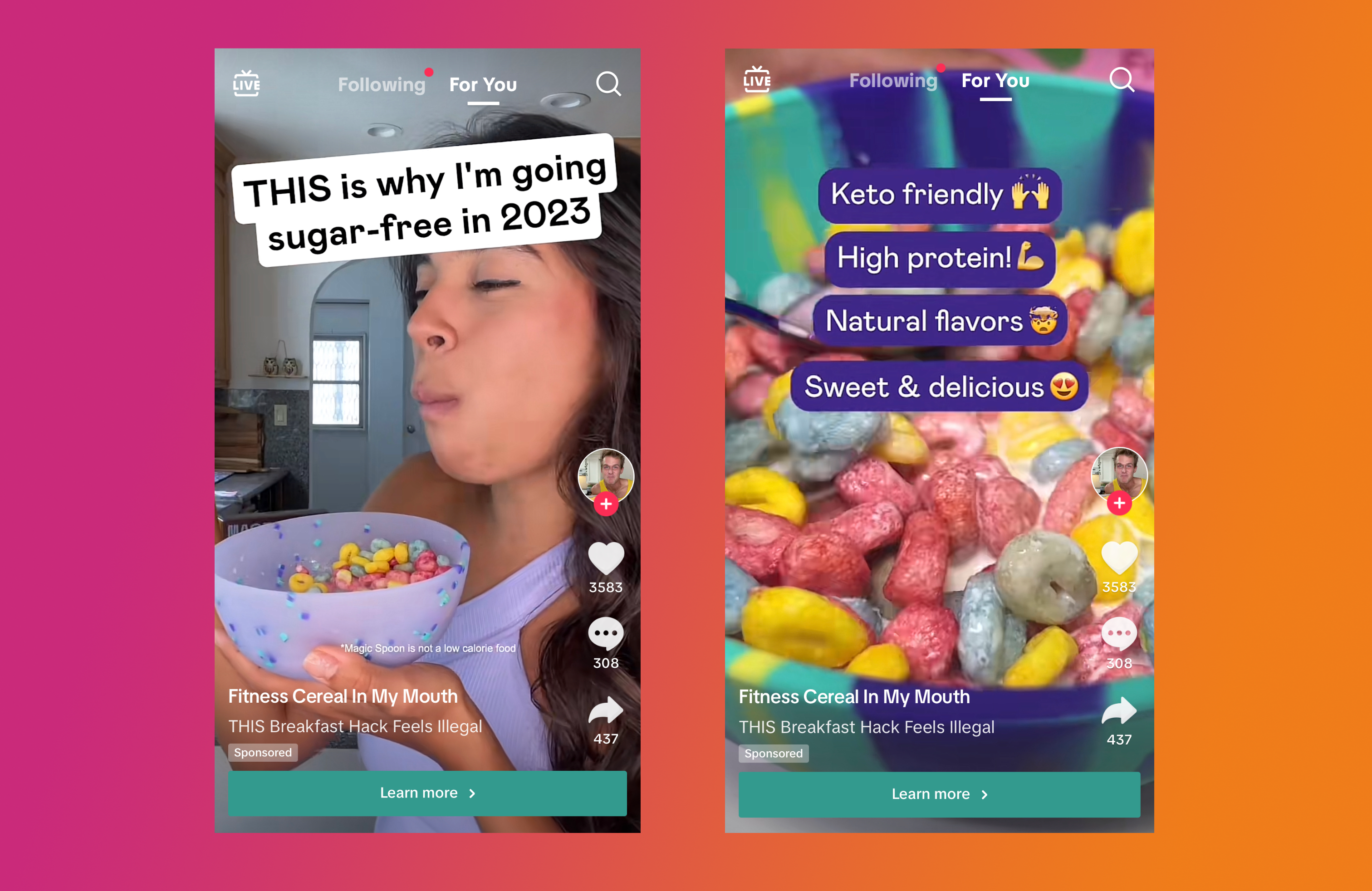
Cereal brand Magic Spoon used ads to drive brand awareness on TikTok—a platform dominated by its own target audience. Secure press mentions
Part of your brand awareness strategy could include a dedicated effort to getting press. Pitch your brand to newspapers, blogs, and other media outlets that may have an interest in your type of business or product. Get creative with timely pitches, like gift ideas for major shopping holidays.

💡 Tip: After you get press attention, feature these stories on your website and on social media, like in the above example from Squigs. This helps build social proof and trust for your brand.
Improve your SEO
There are likely many other brands competing with yours for attention from the same audience. Help consumers find your brand first when they’re searching by investing in a search engine optimization (SEO) strategy. This means you’ll optimize your website, blog posts, videos, and social posts with the right keywords and content to match user search intent.
Pattern brand Tooth & Eye took advantage of search volume for DIY bucket hat instructions. Because the brand optimized its video tutorial, it shows up in search results. Searchers then gain brand awareness as its founder reminds viewers of its online shop.
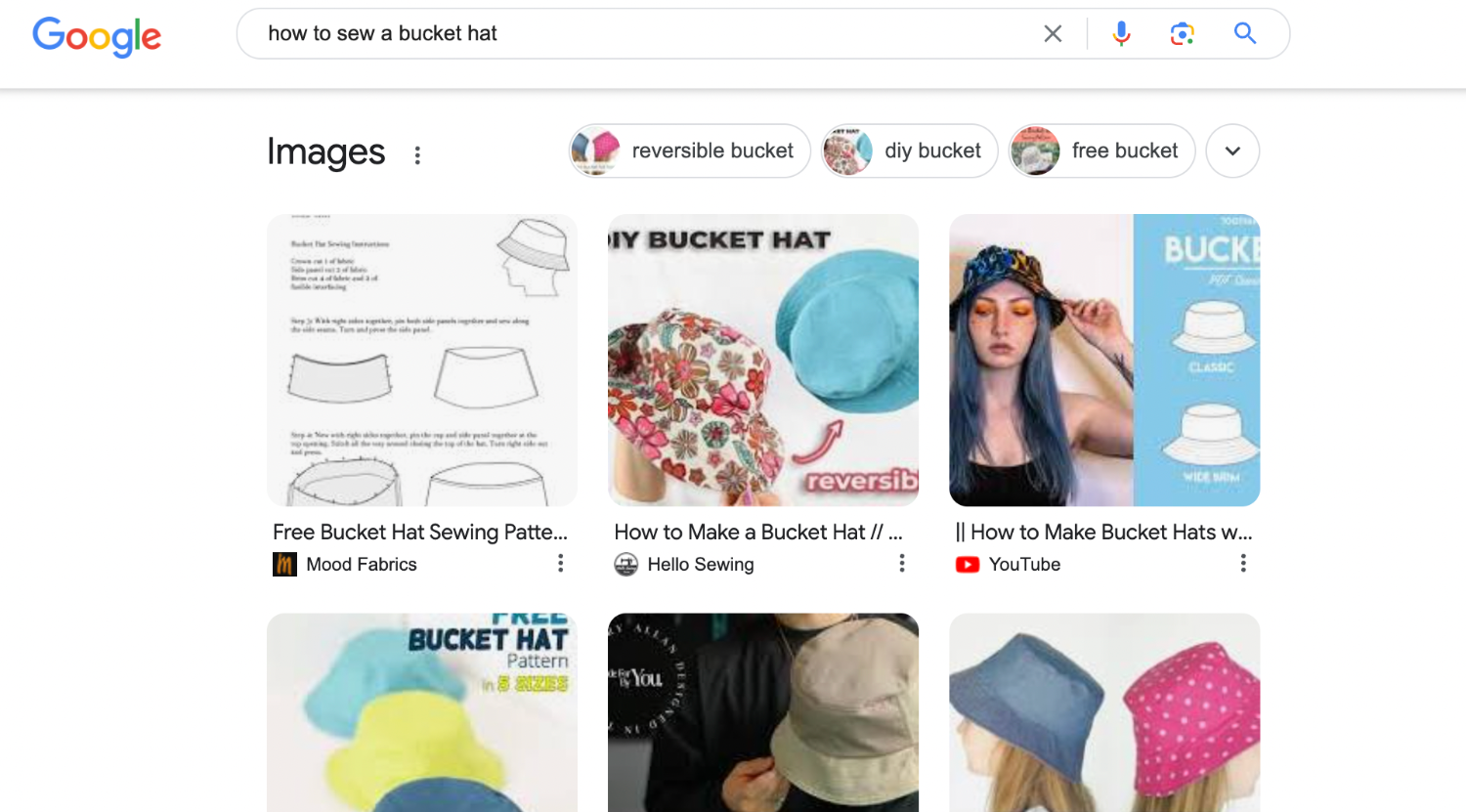
Be a guest on a podcast or panel
Raising brand awareness can also be achieved by speaking as an expert in your field on a podcast or radio show, or even at a live event. Do you have lessons learned from running your business to share with an audience? Or are you a subject matter expert in your industry? Pitch your expertise to media companies, podcast hosts, and event producers.
Charlotte Palermino, CEO of skin care brand Dieux, appeared on Shopify Masters to share her tips for social media. In the process, she gained brand awareness with a new audience.
8 ways to turn brand awareness into sales
Now that you know the various ways to track your brand awareness, here’s how to pique the interest of potential customers and turn that connection into a sale.
1. Make a great first impression
In 2023, the average bounce rate for ecommerce was 38.7%. This refers to the percentage of people who leave a website after viewing a single page. You often have a split second to make a first impression when a potential customer lands on a homepage, landing page, or other content.
Be sure your headlines and page copy align with your brand voice and create a clear path for visitors to navigate to the next part of the funnel. With content marketing, add value and a direct connection to your products.
2. Reduce friction
To create the most opportunity for exposure, a brand needs to market itself wherever its customers hang out. If your target customer is Gen Z or Gen Alpha, a presence on TikTok is a must. If you sell to older people, Facebook might be a better bet. Setting up social selling on these platforms creates a frictionless experience for customers to transition from awareness to checkout on the platforms they already use.

Wallpaper brand Backdrop links customers to its Instagram shop, helping its followers convert to buyers without leaving the app. Also consider the devices potential customers may use. Mobile commerce is expected to make up 62% of all ecommerce purchases by 2027. Ensure that you have either a mobile app or a mobile-friendly website and offer customer support coverage on mobile-first social platforms.
3. Optimize for search
Search is an important aspect of building brand awareness—and converting it to sales. That’s why your brand should have an SEO strategy. This will guide you to create content on your website and social platforms that answer your target consumers’ frequently asked questions or solve their problem.
For example, paint brand Lick creates content targeting keywords that relate to its products. This not only helps browsers discover the brand, it also creates brand awareness, establishes the brand as knowledgeable on the topic, and provides an opportunity to push customers down the sales funnel.


Make a list of relevant keywords and use them in articles, social posts, videos, and even on product pages. While keyword use is important, it’s more important for your content to be valuable and answer the search intent for those terms.
💡 Tip: Don’t forget paid search, too. These are the sponsored links at the top of a search page, and they can be easily set up through Google Ads.
4. Create clear calls to action (CTA)
A call to action is a signal to a customer or website user to complete the next step in a process, such as signing up for a newsletter, navigating to a collection, or adding a product to cart. A CTA is usually a button or link with persuasive and actionable text.
Once your brand has awareness with a potential customer, what do you want them to do next? Be clear and directional with your CTAs and position them prominently so that the path is easy to navigate. While you can still have fun with your CTA copy, it’s more important for it to be obvious what you’re asking.
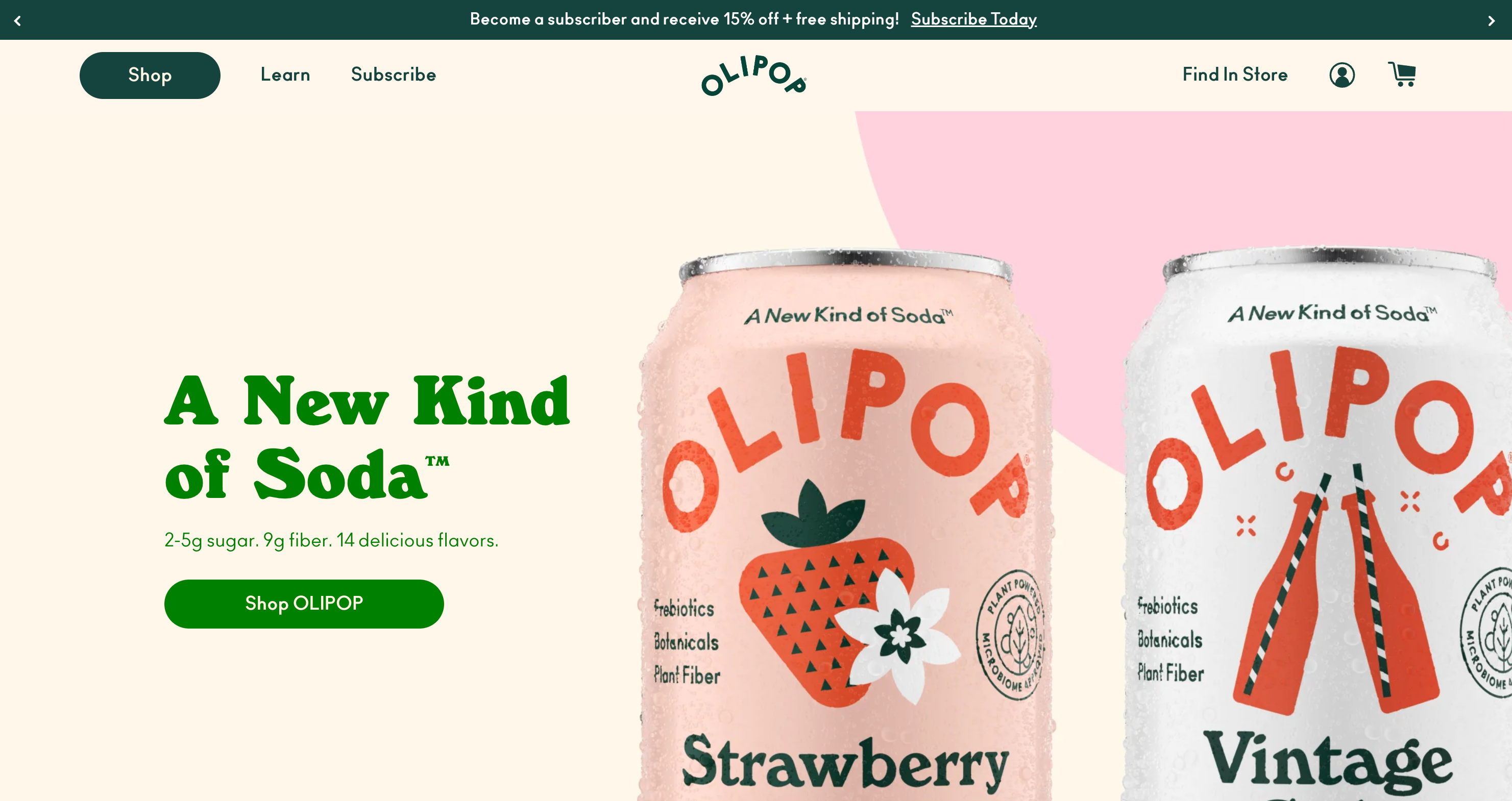
In the example above, Olipop’s CTA button has plenty of space around it and pops from the background with a contrasting color. This makes it a focal point on the page. While there are other places for users to go, this is the action Olipop wants visitors to take—and it’s therefore the most obvious.
5. Consider seasons and current events
If you recently gained exposure for your brand, convert that awareness to sales by offering a discount or running a marketing campaign. This is especially effective if you can time it around a relevant upcoming event or holiday. Also, meet new visitors where they are with a homepage that highlights seasonal collections or gift-giving ideas.
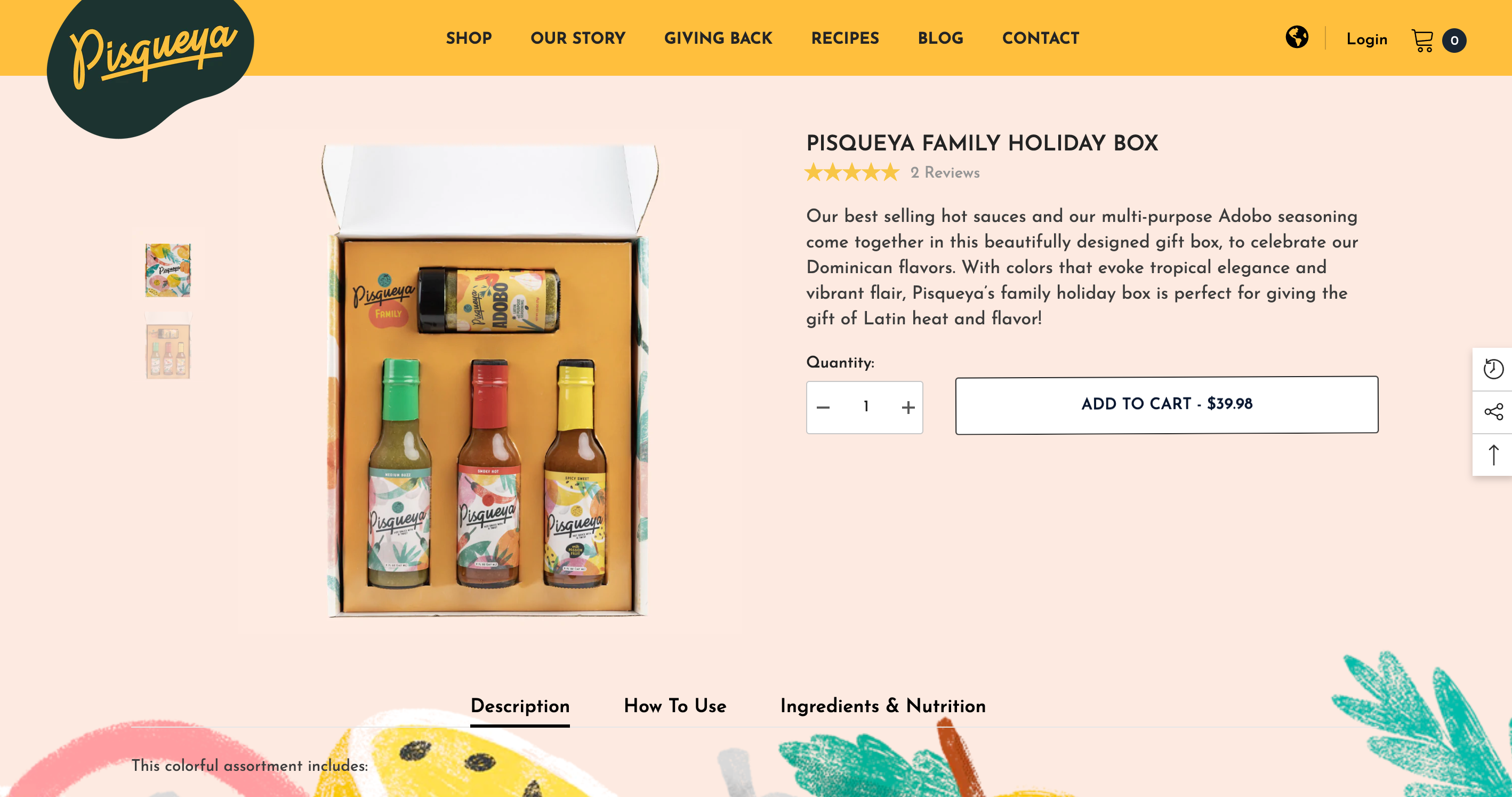
Pisqueya repackaged its products in a gift box format to attract attention for the brand around a major gifting season. 6. Personalize the experience
In 2023, 53% of consumers reported they would purchase again from a brand that offered a personalized experience. Personalized shopping experiences range from targeted marketing messages to AI product recommendations to live chat. Adding these extras to your customer’s journey can tailor the experience to their needs and help them make an informed purchase decision.

In the example above, an email marketing campaign by ThirdLove used results from an online quiz to send tailored recommendations to customers based on their size and preferences. The email also offered a discount for first-time buyers.
7. Retarget your marketing efforts
If you’ve gained brand awareness from a marketing campaign, retargeting your content is a great way to remind an audience to come back after discovering you the first time.
Retargeting works by targeting ads to users who have already engaged with your brand in some way. This is achieved by placing cookies (or a piece of code) on your website to identify who’s coming to your site so that you can target them in a follow-up ad campaign.
✏️ Note: Understand privacy laws that govern retargeting campaigns. You will likely need to disclose to website visitors what information you’re collecting from them and how it will be used. Be sure you have a clear privacy policy in place.
8. Create a sense of urgency
According to one 2023 study, more than 70% of site visitors will abandon their carts before making a purchase. This can happen for a number of reasons, such as expensive shipping fees or a complicated checkout. But browsers can also abandon a cart with the intention to come back later.
A sense of scarcity or urgency can urge a browser to become a buyer now, rather than later (or never). Once you’ve grabbed the attention of customers through your brand awareness efforts, move them more quickly toward a sale with a limited time offer that they don’t want to miss.
These could include:
- Hosting a one-day sale or flash sale
- Offering a timed shipping offer (a customer will get free shipping if they buy a product with a certain period)
- Adding a timer app to your website that counts down to the end of a sale or promotion
- Placing a stock counter app on product pages that urges customers to act quickly when only a few items are left
- Announcing a product drop for in-demand or limited-edition products
- Setting up a temporary pop-up shop

Tealish created a sense of urgency with a limited time flash sale, promoted through email marketing. How to measure brand awareness
Using built-in analytics and third-party tools, tracking brand awareness isn’t as hard as it sounds—even if you’re not data savvy. Here’s what you should be monitoring and some tools to do it with.
What to measure
These are the most important metrics to look at when considering brand awareness. You can import insights from multiple sources into a tool or spreadsheet to combine the results into one view.
Mentions
Track how many times your brand is mentioned on social media, in the press, and online. Most social media platforms have search functions that make this simple. Type your brand name into the search bar on the platform to see the volume of mentions your brand is getting. You can sometimes filter your search by most recent posts, most popular mentions, or mentions based on location.
💡 Tip: You can also track mentions across the web, including mentions in blogs or press coverage. If your brand is a unique word, you can use a keyword tool to determine the number of monthly searches for your business.
Reach
Track your reach per post on your social media platforms. Reach means the number of unique people who saw your content. On Facebook, for example, you can find this information within the insights tab or below each post on your page’s feed. Instagram and other platforms provide this data, too.
💡 Tip: To track and increase your reach on your branded social channels, check out this list of organic social media marketing tactics.
Engagement
Engagement comes in a few forms across social media—usually as likes, reactions, or comments. You can also monitor account growth through engagements in the form of follows and subscriptions.
💡 Tip: For more help monitoring and measuring your impact on social media, check out this list of tools for smarter marketing campaigns.
Tools for measuring brand awareness
In lieu of tracking brand awareness yourself, there are tools that make it easier and allow you to track other types of data.
Surveys
Conversations about your brand may happen offline through word-of-mouth referrals. Surveys provide a way to determine offline brand awareness. You can poll website visitors through an exit survey using a tool like Shopify Forms or send a survey to everyone on your email marketing list.
Surveys will give you an understanding of how people hear about your brand and how many are already familiar with it. Create questions related to brand recall and brand recognition. Brand recall is when someone is able to recall your brand name without assistance. Brand recognition means someone is familiar with your brand when listed with other alternatives.
Google analytics
In addition to your website’s own analytics, Google Analytics can help you dig deeper to learn how your website content is performing.
Google Analytics is a free tool that’s relatively simple to use. Sign up for an account and the platform will walk you through the rest. Once in place, Google Analytics can track brand awareness as it relates to website visits from search, social, organic, referral, or direct sources.
Search volume tools
Google also offers free tools to assess the search volume and interest in your brand. You can use these in the same way you’d assess brand awareness on a particular social platform. In this case, you’re looking at how your brand awareness is performing on search engines.
Google Keyword Planner provides monthly search volume for your brand name, level of competition, and related keyword phrases. Google Trends is a tool to search your brand name and see its interest over time, interest by region, related topics, and related queries. You can even compare your brand to competitors.
✏️ Note: there are other free and paid tools available to measure brand awareness on search engines.
Social listening tools
Built-in social media insights may not be able to track every mention of your brand in the social space, which is why social listening tools are so important when measuring brand awareness. These tools not only help measure brand awareness. They also make sure you don’t miss a chance to engage with potential customers.
Tools like Mention, Google Alerts, and Brandwatch are good options if you want to track awareness across a number of sources at once.
💡 Tip: Through these tools, you can pinpoint conversations that could help you build an FAQ page or content that answers consumer pain points.
Examples of brand awareness campaigns
Increase brand awareness for your business by following the playbooks of three brands that capitalized on exposure to grow sales. These brand awareness examples are all followed by takeaways you can apply to your own business.
Bartesian’s pre-launch awareness tour
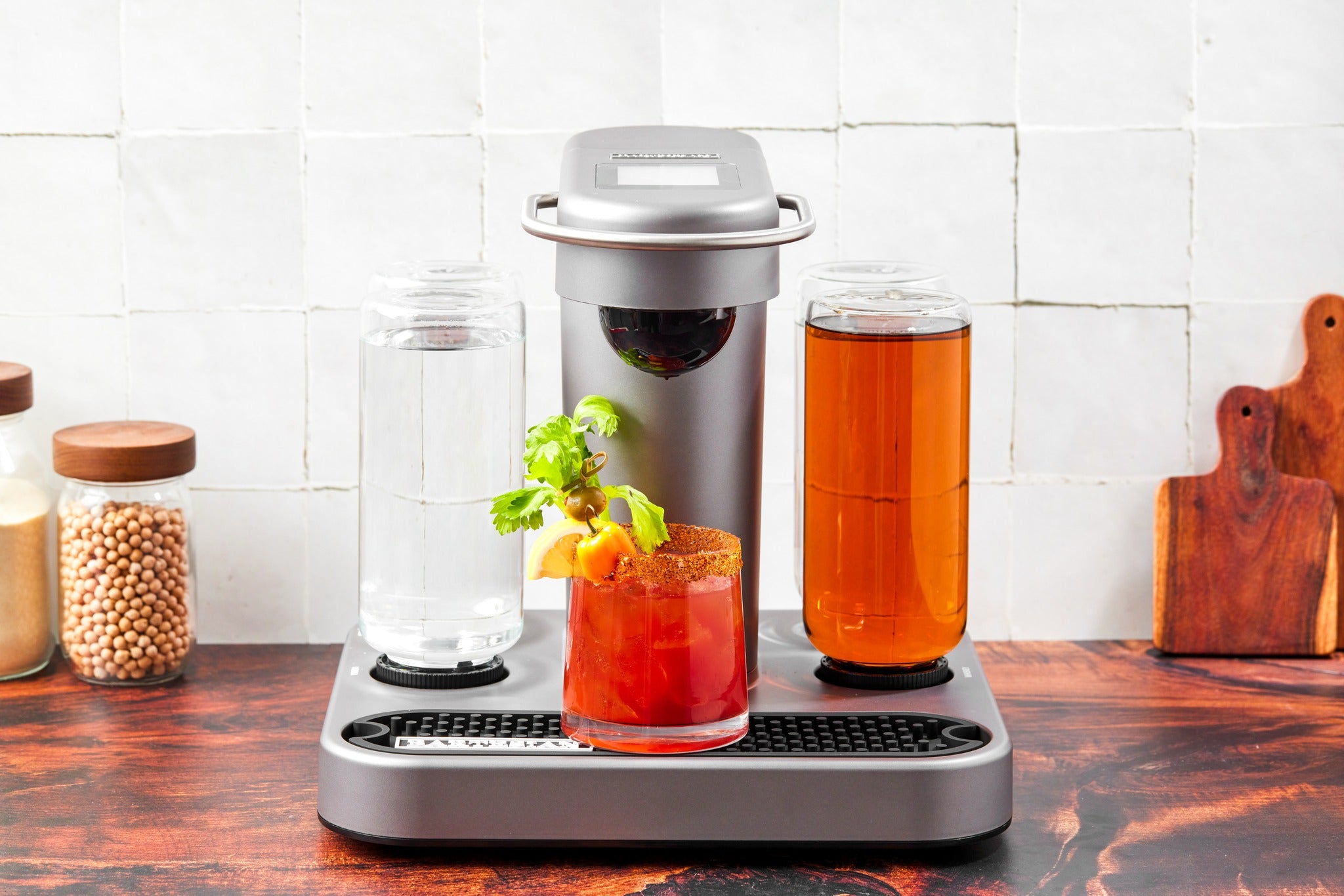 Bartesian started generating brand awareness well before it was ready to launch with a finished product. Founder Ryan Close and team traveled around with a prototype of their single-serve cocktail machines before the product was ready. This not only helped the brand use feedback to tweak its design before launch, it also generated early buzz.
Bartesian started generating brand awareness well before it was ready to launch with a finished product. Founder Ryan Close and team traveled around with a prototype of their single-serve cocktail machines before the product was ready. This not only helped the brand use feedback to tweak its design before launch, it also generated early buzz.Takeaway: It’s never too early to build brand awareness. A pre-launch strategy can help you generate excitement around your brand and grow an email list even before your website goes live.
Transformer Table’s influencer campaign
Transformer Table already had strong brand awareness in certain markets. But to grow beyond those borders, the furniture company worked with an influencer in the brand’s target areas. A viral Instagram post saw the company’s exposure grow in certain regions, prompting its founders to set up another distribution point abroad.
Takeaway: Look beyond your usual approach to building brand awareness when expanding into new markets. Understand what makes that market different and who has influence there.
Partly Sunny’s content-first strategy
Partly Sunny was born accidentally when its founder generated viral awareness for her talents well before she had a brand to promote. Sonja Detrinidad built her audience first, so when it came to announce her new plant business, she already had name recognition behind it.
Takeaway: Sometimes brand awareness is easier in reverse. If you’ve built up a strong personal brand with a solid following, you’ve already overcome the biggest hurdle to building a business. Monetize that audience by selling products or merch.
Increase brand awareness and boost your sales
Running a successful brand awareness campaign means more than getting eyes on your website. You’ve gained exposure—now what? The true value of brand awareness lies in converting those views into purchases. As you build brand loyalty, remember to focus on creating a great first impression, offering value with your content, and urging your potential audience toward checkout.
Brand awareness FAQ
What is brand awareness?
Brand awareness is a measure of how familiar a consumer is with a particular brand and its products and services. It assesses whether the general public or a target audience is able to name a brand within a particular category. A brand awareness campaign is a great way for new brands to gain exposure with a target audience before moving them through the conversion funnel.
What is a brand awareness example?
When a company gains exposure through an event such as press mention or viral marketing video, it gains exposure with an audience. When that audience is exposed to this feature and can later recall the brand name or recognize its logo, this is an example of brand awareness.
What are the 3 types of brand awareness?
The three types of brand awareness are:
- Top-of-mind awareness. This is when someone thinks of your brand or product when prompted to consider a specific category or industry.
- Associative awareness. This is when someone associates a brand with a certain feature, benefit, or characteristic.
- Recognition awareness. This is when a person recognizes a brand (a logo, ad, or product) when they see it.